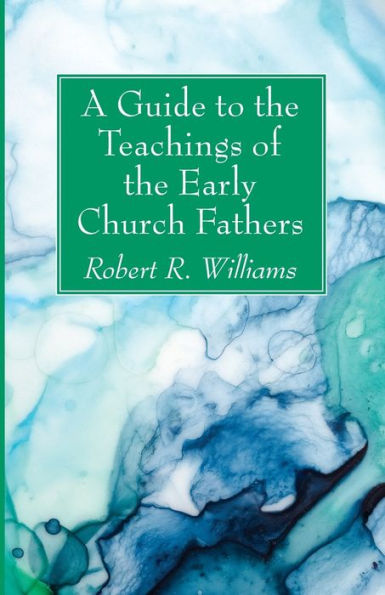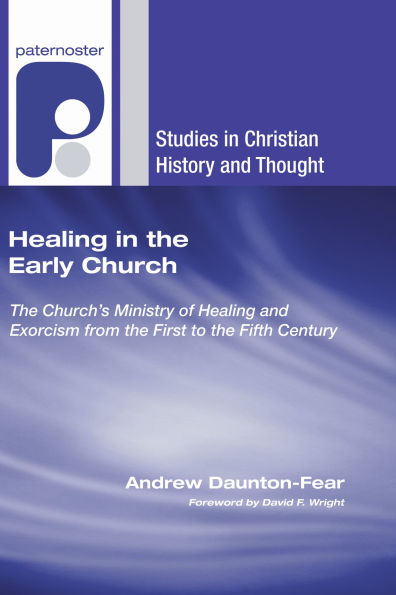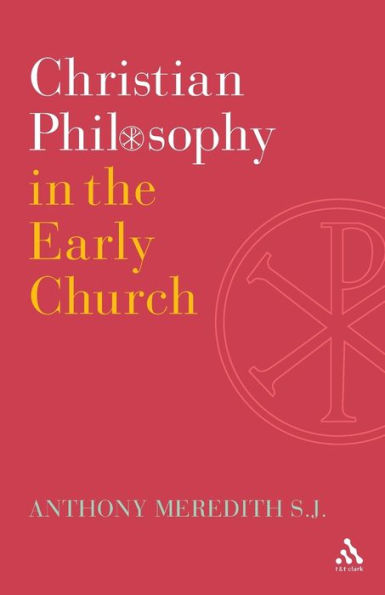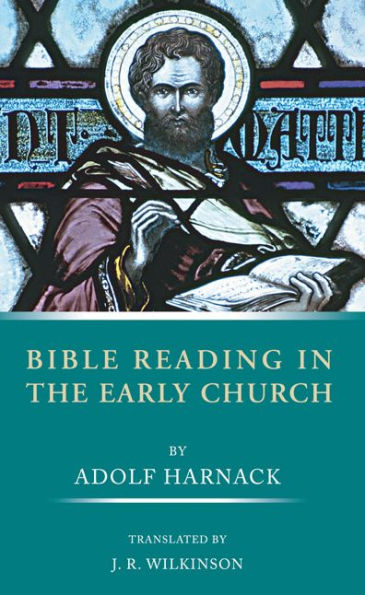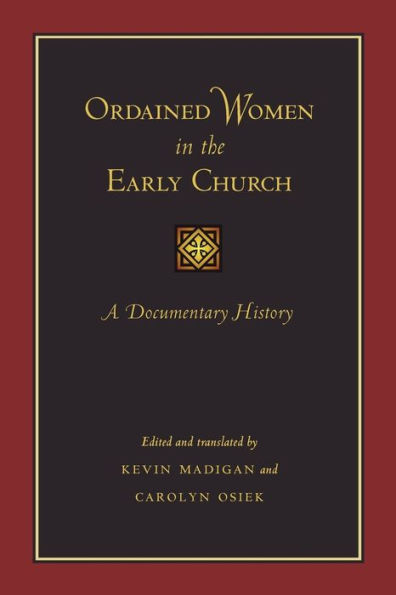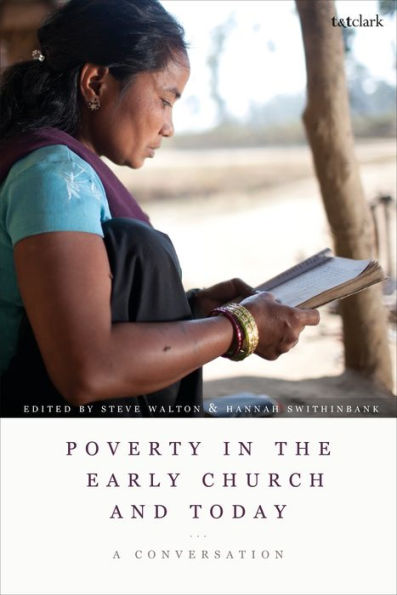Home
Teaching of the Twelve Apostles to the Gentiles: Essays in Early Church Literature
Barnes and Noble
Teaching of the Twelve Apostles to the Gentiles: Essays in Early Church Literature
Current price: $25.00
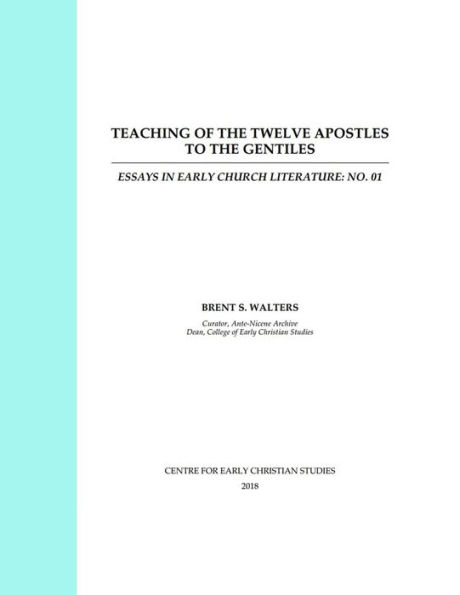

Barnes and Noble
Teaching of the Twelve Apostles to the Gentiles: Essays in Early Church Literature
Current price: $25.00
Size: OS
Loading Inventory...
*Product information may vary - to confirm product availability, pricing, shipping and return information please contact Barnes and Noble
Secluded beneath tall, feeble buildings and nestled in a meager, modest township stood a renowned monastery in a section of Constantinople called Phanar. Among the five hundred manuscripts in the library was a tome, later identified as the Jerusalem Codex, that remained hidden for over eight hundred years. One of its treasures was The Teaching of the Twelve Apostles, a work counted among the earliest writings of the church. The scholar who found it, Philotheos Bryennios, prepared its first printed edition that he composed in scholastic Greek and distributed to libraries throughout the West. As a result, it drew immediate attention and became an historical phenomenon in academic circles. For this reason, the manual has become indispensable reading for those intent on recapturing the essence of the faith. Bryennios lived in a narrow, wooden, unpainted, four-story house located a few steps away from the monastery and opposite the entrance to the patriarchal church. The( prelate was among the most educated in the Orthodox Church and was well read in classical and patristic literature. He first spotted the Teaching in 1873, and while lost for 1,500 years, this brief treatise purports to contain authentic apostolic instruction. The folio was comprised of one hundred and twenty pages of a small octavo codex and contained prominent works from the first century, including the epistles of Clement, Ignatius, and Barnabas, as well as the Teaching. It is a superb example of what was considered essential doctrine and practice during the initial years of the Jerusalem community. The Teaching predates the gospels and served as a transitional document during a time prior to the apostolic council. It was composed during an age when believers were called members of "the way" and it preserves a body of tradition that was verbally transmitted. The principal decrees are to love one's neighbor and to overcome sin, but it continues with guidance regarding baptism, fasting, prayer, Eucharist, liturgy, tithing, worship, and governance. Especially important is the role of itinerant apostles, prophets, and teachers who directed the community, together with local overseers and deacons. The final chapter contains an apocalyptic warning that summarizes apostolic signs that accompany the end of the age. The manuscript measures seven and a half by six inches, and the scribe responsible for preserving the small, thick volume was named Leo(n). He wrote with a small, fluent, and distinctly characteristic style. Since the codex was discovered, other forms and fragments of the Teaching were found at various locations. It is listed in early Christian catalogs and was used as a catechism for Gentile converts to the faith. It is the most important text of its kind ever published, and it has prompted hundreds of modern editions, translations, articles, essays, and dissertations. No document has made a greater impact on studying the early church, and no work is more fundamental to understanding the origins of Christianity than the Teaching.
